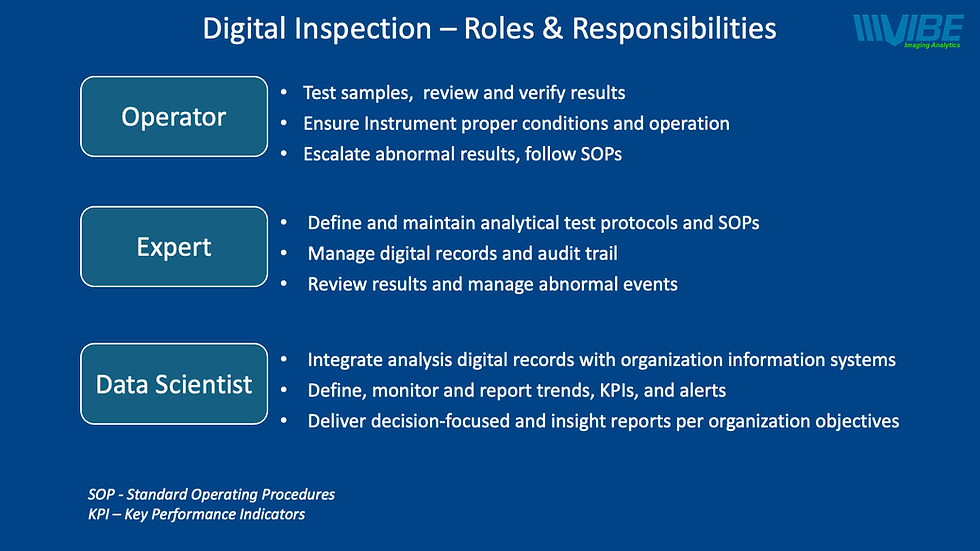Detecting Fusarium in Damaged Wheat Kernels
- Dr. Nitika Jaiswal
- Jan 10, 2023
- 2 min read
Fusarium head blight (FHB) is a health-hazardous and economically devastating and destructive fungal disease of cereal crops like wheat that substantially affects production, grain yield, and quality in many areas worldwide. FHB infection results in Fusariumdamaged kernels (FDK) and deoxynivalenol (DON), which accumulate in the grain throughout infection and dramatically reduce production, grain yield, and grain quality.
Deoxynivalenol (DON) is one of the several mycotoxins produced by the fungus; they are dangerous toxins and affect both livestock and human consumption. Consumption causes acute temporary nausea, vomiting, diarrhea, abdominal pain, headache, dizziness, and fever.

Thus, early identification of the damaged kernels is essential and will help control public health along with the economic and financial losses. Vibe Imaging Analytics developed a new method for fast and objective analysis of Fusarium damaged kernels (FDK) using its Vibe QM3i Grain Analyzer. The analysis is based on a number of algorithms, part of Vibe’s proprietary Machine Learning Engine. It takes less than a minute to analyze a sample of 25- 30 grams, from 1 single kernel to approx. 1000 kernels with accurate and repeatable results.
Vibe calibrations can be used for seed inspection for the damaged kernels even before they go for sowing in the field (https://www.vibeia.com/post/new-research-using-the-vibeqm3-to-check-morphometric-parameters-of-wheat).
Vibe Imaging Analytics successfully developed test protocols that helped in the quick identification of Fusarium-damaged kernels (FDK) in wheat along with other damage detection applications such as Ergot (https://www.medicalnewstoday.com/articles/ergot- poisoning), HVAC (USDA ARS & USDA FGIS), and Blacktips (https://www.vibeia.com/post/detect-your-black-fungus-in-wheat).
A number of research centers and universities, including Clemson University, Virginia Polytechnic Institute, and State University, Colorado State University, Louisiana State University, North Carolina State University, USDA-ARS, Department of Plant Pathology, and North Carolina State University. Published papers on FDK.
Clemson’s University results prove that Among the FDK analytical platforms used to establish percentage FDK within grain samples, Vibe QM3 showed the strongest prediction capabilities of DON content in experimental samples, R 2 = 0.63 (https://doi.org/10.3390/agronomy12020532).
USDA-ARS suggested that Grain Imaging System presents an attractive alternative and can be used for accurate predictions of the DON concentrations. (https://www.vibeia.com/post/can-we-detect-fusarium-in-wheat).
I hope you like reading the blog. In case of further discussions, please get in touch with me to discuss and explore more about your grain analysis needs.




Comments